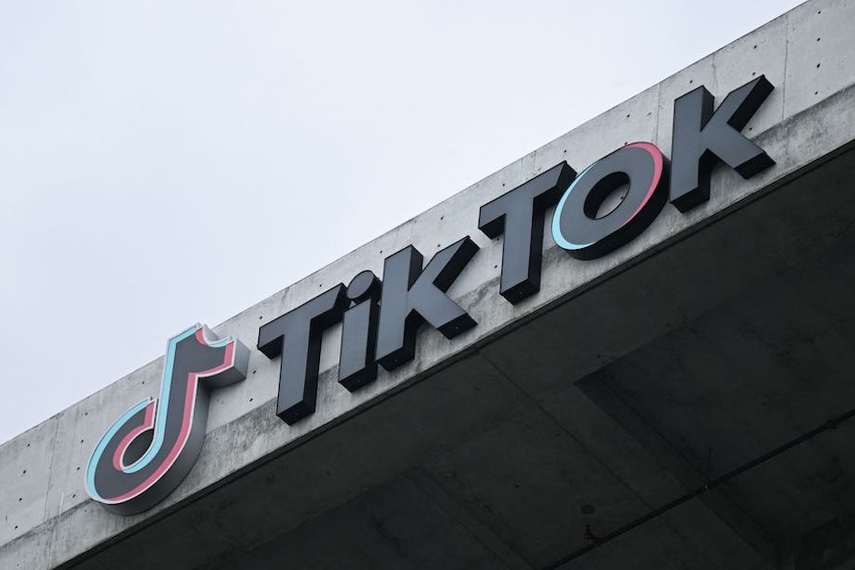
Please sign in or register
Existing users sign in here
Having trouble signing in?
Contact Customer Support at
campaignindia@haymarketsac.com
or call+91 022 69047500
With a potential ban of TikTok in the US looming, we asked advertisers in India and Hong Kong, where the short video app is already banned, which alternatives they have turned to, and whether or not they feel they're missing out?

Contact Customer Support at
campaignindia@haymarketsac.com
or call+91 022 69047500
Top news, insights and analysis every weekday
Sign up for Campaign Bulletins
After acquiring the DSP from AT&T in 2021, Microsoft’s priorities began to shift more to the sell side, with AI at the forefront.
As US brands dominate the top 10 in Kantar's BrandZ 2025 ranking, Chinese companies and APAC players like Airtel are rapidly gaining ground, signalling a shifting balance in global brand power.
Affordable brands thrive by meeting emotional needs, using smart packaging cues, and moving beyond price cuts, explain Ipsos India’s UU and Synthesio lead and country chief client officer.
AM/NS India’s new ad pits steel tech against cartoonish corrosion, turning rust into the most animated villain this side of Hollywood.